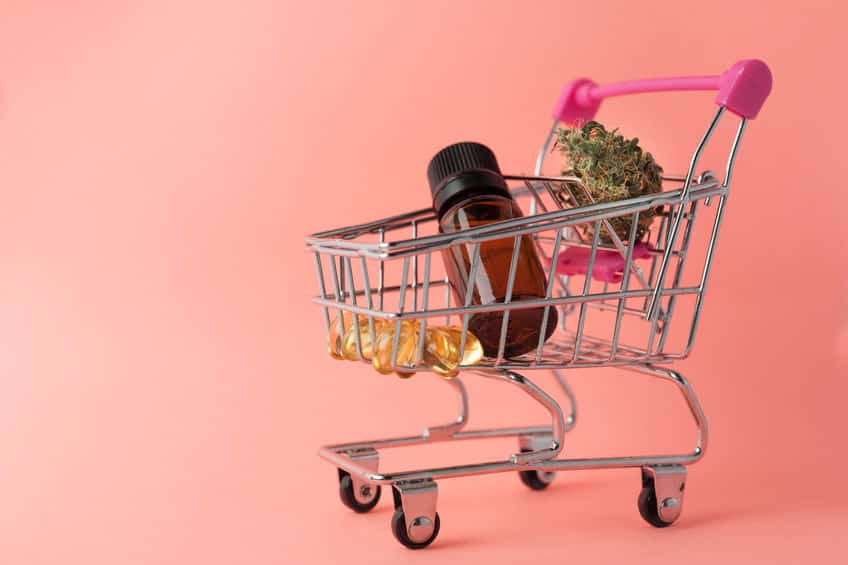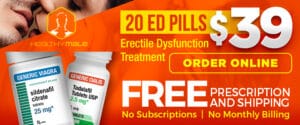By Sean Zucker –
The promise and actual benefits of cannabidiol (CBD) are well documented. They range from the encouraging, such as pain relief and sleep aid, to the emotionally supportive that includes reducing stress, depression and anxiety. Heck, CBD may even be able to achieve the downright extraordinary, such cancer relief and seizure reduction. Granted, more research is obviously needed to solidify some of these claims, but the early evidence is promising.
If CBD’s growing list of proven and possible applications apparently is ever-expanding, so is its mounting field of related products. With oils, lotions, edibles and tablets, purchasing CBD can feel overwhelming. Luckily, there are a few key steps to take to ensure any purchase is as legitimate and effective as possible.
Before any purchase, the most important action to take is reading the label. A quick scan can provide a raft of vital information needed to make an educated purchase. It’s ultimately a menu of what included in any CBD product and, perhaps more importantly, what’s missing.
Label reading is critically important because the biggest challenge facing both consumers and the industry itself is that CBD products have yet to be regulated by The United States Food and Drug Administration (FDA). This allows unscrupulous sellers to hop on the CBD hype train while avoiding the costly ingredient altogether. Ultimately, some brands are slapping CBD on labels without including it in the ingredients, leaving many to wonder if the hype is overblown.
These types of practices not only hurt CBD’s reputation but also prevent some potential users to miss out on what could be life-changing results. “Millions of people are turning to CBD for a natural remedy for real problems,” says Jim Higdon, co-founder of Cornbread Hemp, “They don’t want something that is going to hurt them if they are already in pain, and they don’t want to feel anxious about a CBD product’s ingredients if they already suffer from anxiety. The CBD industry is at risk of giving itself a bad name because of a few bad actors and lots of misinformation.”
But even when CBD is present in company labels, some manufacturers still take advantage of the federal ambiguity. “Companies aren’t following testing protocol, and some are disingenuous about what is in their product,” Derek Thomas, vice president of business development for the CBD producing Veritas Farms, recently told The Chicago Tribune. “Sometimes there is less cannabinoid and sometimes more. Sometimes there are other additives like Viagra, THC, or pain-killer compounds. This is one area where there needs to be tight regulations.”
Fortunately, The United States Department of Agriculture (USDA) has begun issuing authorization for CBD brands and several companies have compiled. “There’s only one solution to this problem: USDA organic certification. It’s not a perfect fit, and it’s not easy to achieve — but it’s the best option available for CBD brands looking to distinguish themselves as trustworthy,” Higdon explains.
In the meantime, savvy consumers can protect themselves further by looking beyond whether CBD is simply contained in the product they’re interested in purchasing. They can also get a handle on its potency. This is a critical factor, one that some companies would rather not address. The amount of CBD in each product is a crucial factor in its intensity and effectiveness.
Of course, there are always safety thresholds. A 2011 review by the University of São Paulo in Brazil found that it is generally safe for people to regularly use high doses of up to 1,500 mg a day of CBD. However, side effects including inhibition of hepatic drug metabolism, alterations of in vitro cell viability, decreased fertilization capacity and decreased activities of p-glycoprotein and other drug transporters can appear at these consumption levels for some. Not surprisingly, the risk of side effect seems to grow with the amount of CBD potency.
Consequently, it is recommended that consumers start small with products that start at about 5 mg of CBD and gradually increase potency until a comfortable dose is found. Until additional research is completed, it is best to avoid past 1,500 mg.
Another area of consideration is CBD components. This involves three options: full-spectrum CBD, broad-spectrum CBD and CBD isolate. None are fundamentally riskier than the others, but each may differ in terms of their effectiveness for various conditions and uses.
Full-spectrum CBD contains all of the naturally available compounds of the cannabis plant, including THC. However, in hemp-derived full-spectrum CBD, the THC will be no more than 0.3 percent. Conversely, broad-spectrum CBD has all of the naturally occurring compounds, except THC. CBD isolate is the purest form of CBD, isolated from the other compounds of the cannabis plant and shouldn’t have any THC.
The most popular is full-spectrum. Those, however, concerned by trace amounts of THC can instead rely on broad-spectrum CBD. Purists, of course, are likely to turn to CBD isolate.













